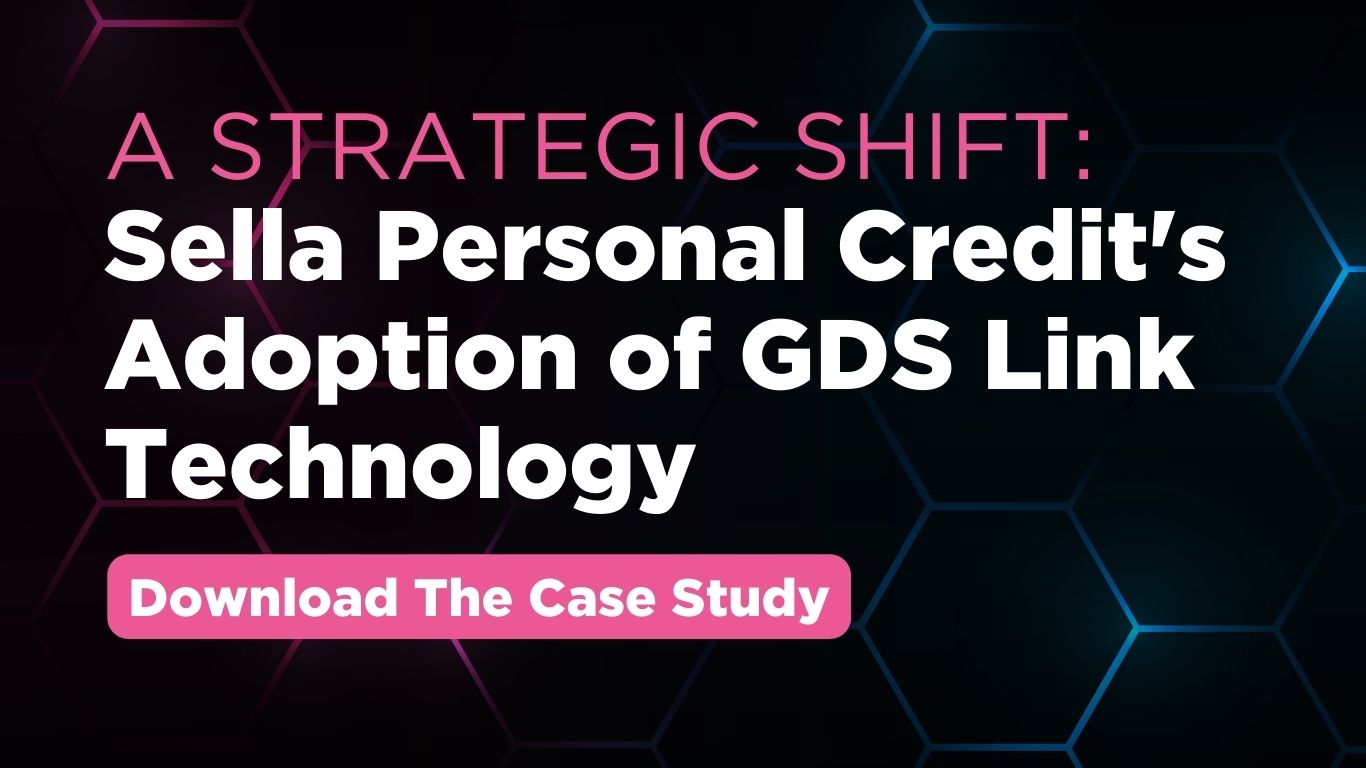When the Credit CARD Act was implemented in 2010, banks were forced to cut back on the profitable tactics they had used in the past – capping high processing fees and requiring more transparency between financial institutions and the borrowers. To make up for these losses, many began increasing the number of cards issued and the limit on existing holders. But after 18 people were charged this month in one of the largest credit card schemes of all time, banks may want to take a second look at their applications.
ABC News wrote this week that the criminals created identities with fake credit histories, and were able to purchase more than $200 million worth of goods, including cars, gold and clothing, with the illegally obtained credit cards. The cards were issued in 28 states and eight different countries, and more than 25,000 cards were used between all 18 people.
Not only do the losses hurt the businesses and financial institutions, but anyone with a credit card.
“Through their greed and their arrogance, the individuals arrested today and their conspirators allegedly harmed not only the credit card issuers, but everyone who deals with increased interest rates and fees because of the money sucked out of the system by criminals acting in fraud rings like this one,” said Paul Fishman, one of the prosecutors.
Last month it was found that U.S.-issued cards are at higher risk for security due to the lack of EMV chip. But in this case, not stealing a legally obtained card, but actually creating a new identity, is a different story and a sobering reminder of the need for fraud strategy management. As the market is recovering and financial institutions are warming up to their previous lending standards, using fraud protection software can help protect banks and credit card holders from the same fate.









